Deck & Commander Strategies

Winota, Joiner of Forces
Winota aims to flood the board with Humans and abuse combat damage triggers to cheat out powerful human hatebears for free, using aggressive combat and the Dockside Extortionist treasure generation to overwhelm opponents or assemble a Kiki-Jiki Splinter Twin combo.
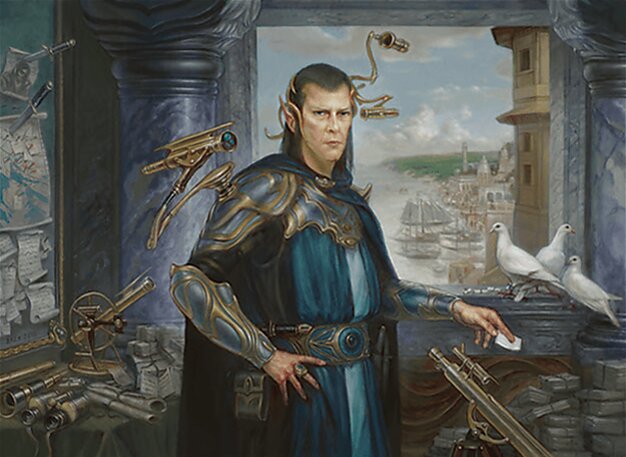
Edric, Spymaster of Trest
Edric focuses on playing cheap, evasive creatures to draw cards and maintain tempo, leveraging extra turns and card advantage to outpace opponents, while using countermagic and disruption to protect the board state.

Lurrus of the Dream-Den
Lurrus builds a resilient board through value and control elements, aiming to assemble combos such as Bomberman or Mindcrank with Bloodchief Ascension to win, using efficient graveyard recursion and disruption to slow opponents.
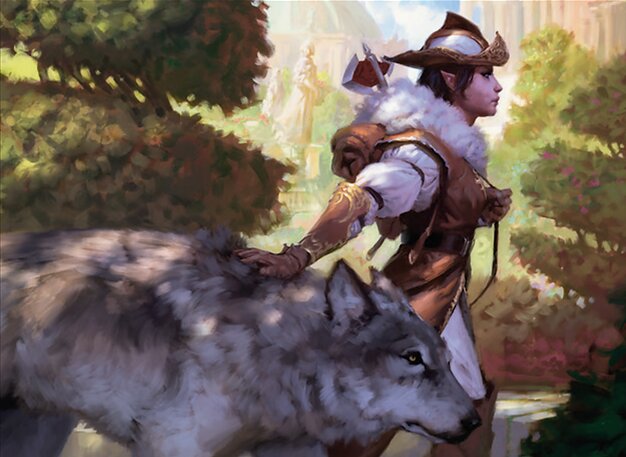
Selvala, Heart of the Wilds
Selvala uses ramp and card draw to generate infinite mana and then draw the entire deck, enabling combo finishes with cards like Temur Sabertooth and Cloudstone Curio, while using utility creatures and spells to control the pace of the game.
Gameplay Insights
- 1
Winota leveraged Dockside Extortionist treasures to flood the board with multiple humans, creating a strong offensive presence that pressured opponents early.
- 2
Selvala’s use of Crop Rotation to fetch Wirewood Symbiote and the combo with Regal Force allowed for massive card draw and board development, accelerating her combo setup.
- 3
Lurrus played Spirit of the Labyrinth to limit opponents' card draw, effectively slowing down Edric's and Selvala’s strategies that rely on drawing multiple cards per turn.
- 4
Selvala’s Kogla was used strategically to destroy Necropotence on Lurrus, disrupting his card advantage engine.
- 5
The game involved careful sequencing of attacks and blockers, with players using their creatures to protect key combo pieces while attempting to dismantle opponents' board states.
- 6
Multiple instances of graveyard recursion and combat damage triggers were crucial to maintaining pressure and advancing win conditions.
Notable Cards
-

Dockside Extortionist
-
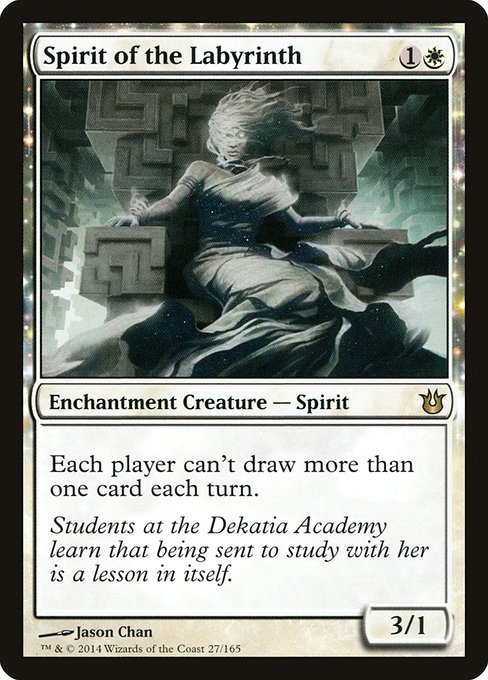
Spirit of the Labyrinth
-
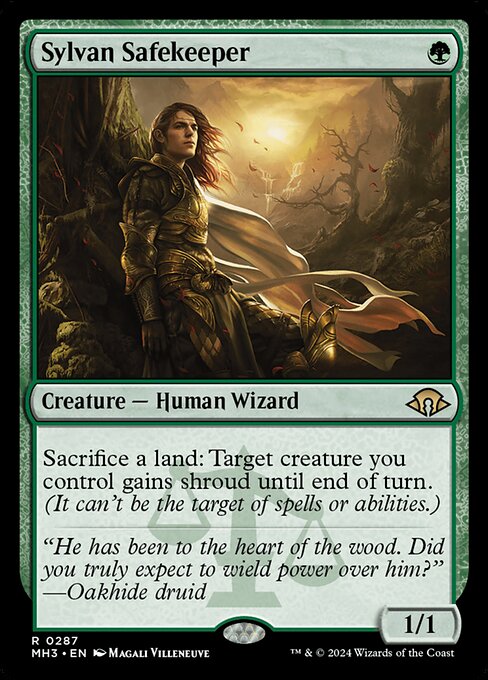
Sylvan Safekeeper
-

Regal Force
-
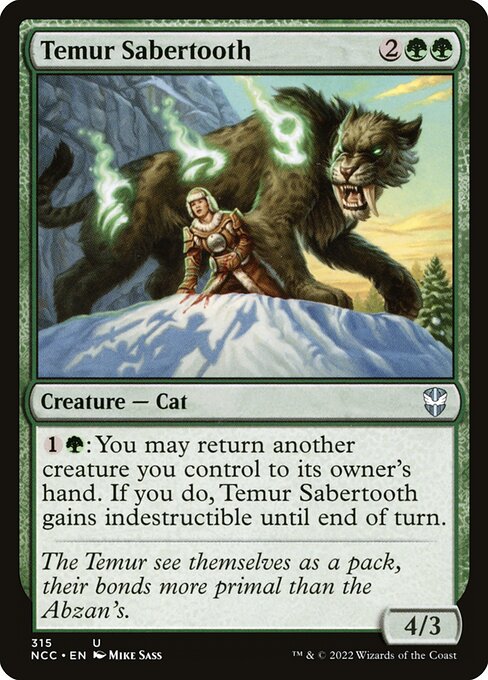
Temur Sabertooth
-
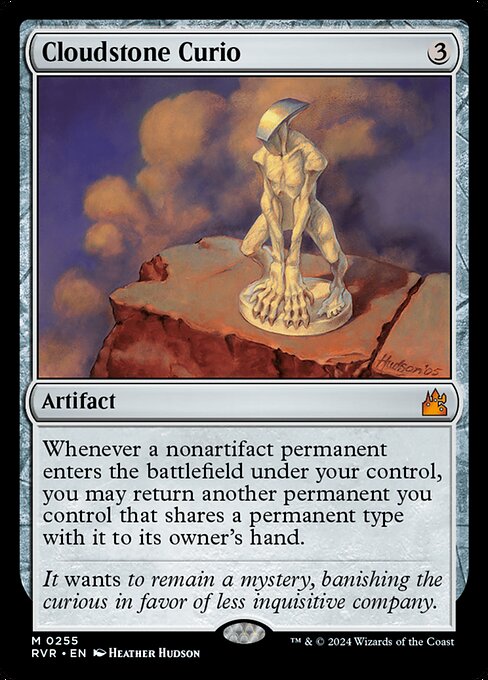
Cloudstone Curio
-
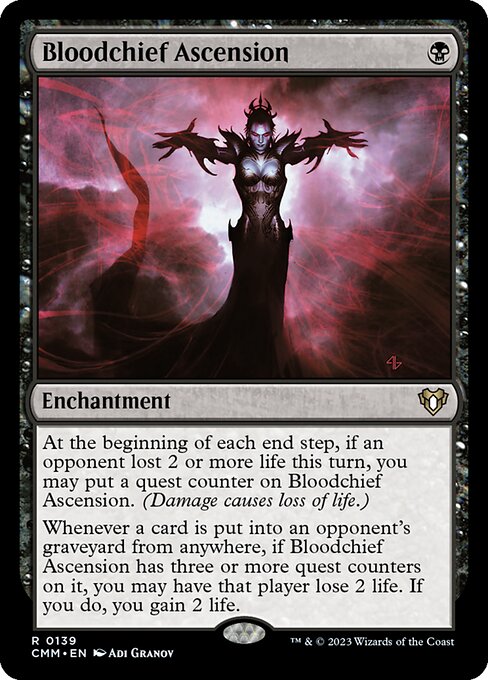
Bloodchief Ascension
-
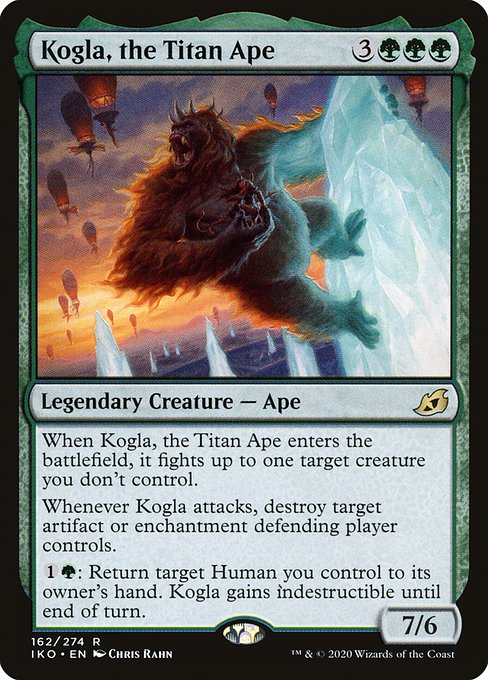
Kogla, the Titan Ape
-
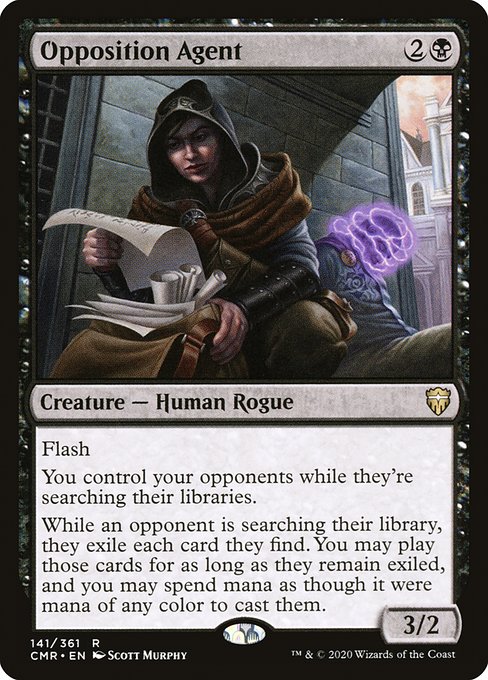
Opposition Agent
-

Necropotence
-

Crop Rotation
Gameplay Summary
The game started with each player developing their board and setting up their respective strategies.
Winota focused on deploying humans and leveraging Dockside Extortionist for treasure tokens, generating significant board presence early.
Edric established a tempo and card advantage game plan with multiple evasive creatures and disruption spells like Flusterstorm and Opposition Agent.
Lurrus played a control and combo buildup strategy, efficiently using cards like Lotus Petal, Manic Crypt, and Mine Crank to grind and set up combos such as Bomberman and Mindcrank with Bloodchief Ascension.
Selvala aimed to generate infinite mana and draw through the deck to assemble combos involving Temur Sabertooth and Cloudstone Curio, using ramp spells and mana dorks to accelerate quickly. Key turning points included Winota’s explosive human-based attacks augmented by Dockside Extortionist treasures, which created multiple attacking threats and forced opponents to respond.
Selvala’s use of Crop Rotation to fetch Wirewood Symbiote and subsequent plays with Sylvan Safekeeper and Regal Force allowed for massive card draw and board development.
The Spirit of the Labyrinth played by Lurrus slowed down card draw, impacting Edric's and Selvala’s strategies.
The game saw a series of combat phases involving targeted attacks to disrupt opponents’ combos, including Selvala using Kogla to destroy Necropotence and aggressive swings from Winota’s human army.
The interplay of combo attempts, disruption, and board development defined the game’s flow, with each player trying to balance offense and defense while assembling their win conditions.

























![Commander VS S13E9: Gwendlyn vs Ashling vs Selvala vs Zada [EDH] thumbnail](https://i.ytimg.com/vi/GSSL3n2-Yf8/sddefault.jpg)
![Commander VS S6E3: Jarad vs Selvala vs Daretti vs Mishra [MTG] thumbnail](https://i.ytimg.com/vi/z5dT7_TLJF4/sddefault.jpg)





![Commander VS S12E9: Chainer vs Hope of Ghirapur vs Edric vs Ambassador Laquatus [EDH] thumbnail](https://i.ytimg.com/vi/dOiEyWLR-eE/sddefault.jpg)




